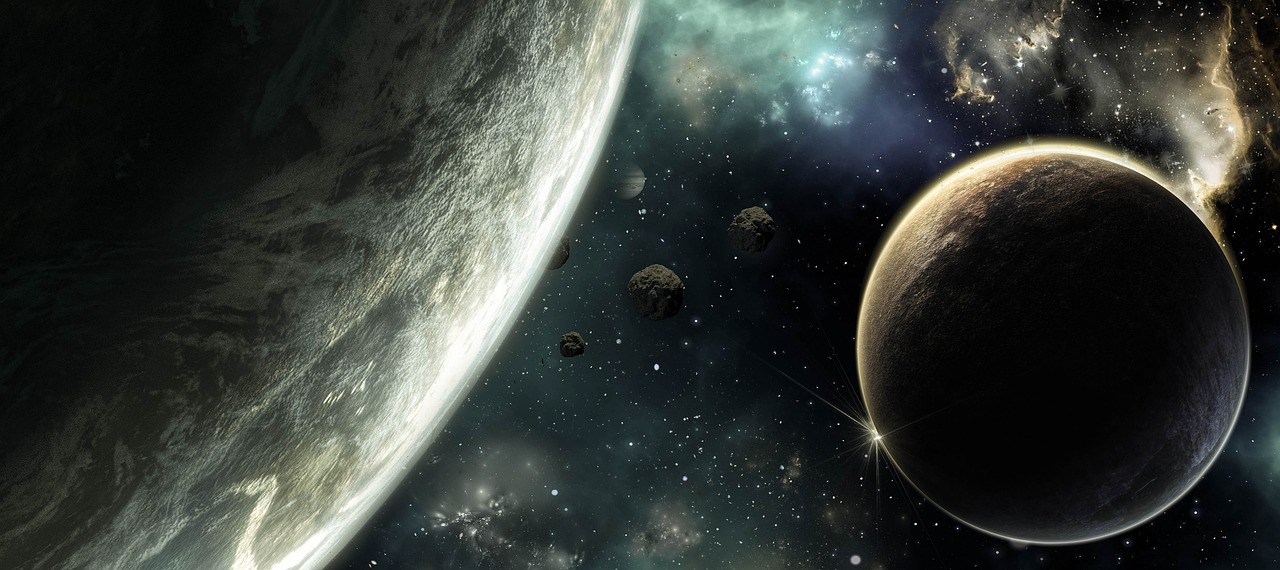
Pre-reading questions:
- Do you find other planets interesting?
- Do you know of other planets aside from the ones in our solar system?
Vocabulary:
- discover /dih-SKUHV-er/
- previous /PREE-vee-uhs/
- suggest /suhg-JEST/
- form /fawrm/
- disappearing /dis-uh-PEE-ring/
[verb] – to find information, a place, or an object, especially for the first time
After years of searching, astronomers finally discovered a distant exoplanet with conditions that could potentially support life.
[adjective] – happening or existing before something or someone else
The previous owners of the house left behind a collection of vintage photographs that provide a glimpse into the past.
[verb] – to mention an idea, possible plan, or action for other people to consider
Based on the weather forecast, I would suggest bringing an umbrella with you today as there is a high chance of rain.
[verb] – to begin to exist or to make something begin to exist
The team will form a committee to address the issue at hand.
[adjective] – no longer existing
The detective followed the trail of disappearing footprints, trying to solve the mystery of the vanishing hiker.
Article reading:
The dust belts likely formed from collisions between asteroids and comets. By studying the patterns in these rings, scientists can gain insights into the structure of planetary systems. Combining data from the Webb telescope and other telescopes helps us understand how debris belts form around stars. The astronomers also observed a collision in the outer ring and a disappearing feature, indicating additional collisions that left behind only dust.
True or False:
- The James Webb Space Telescope was used by astronomers to study a dust belt around a star named Fomalhaut.
- The three rings of dust discovered around Fomalhaut were smaller than the distance between the Earth and the Sun.
- The Webb telescope revealed two inner rings that were not visible before around Fomalhaut.
- The dust belts likely formed from collisions between stars.
- Studying the patterns in the rings helps scientists gain insights into the structure of planetary systems.
Fill in the blanks:
| discover | previous | suggest | form | disappearing |
- The survey results __________ that most participants preferred the new design.
- The archeologists embarked on a mission to __________ hidden artifacts buried deep underground.
- The water level in the lake is decreasing rapidly, and the ______ shoreline is a concern for the community.
- The __________ chapter of the book provided crucial context for understanding current events.
- The sculptor used clay to mold and __________ beautiful artwork.